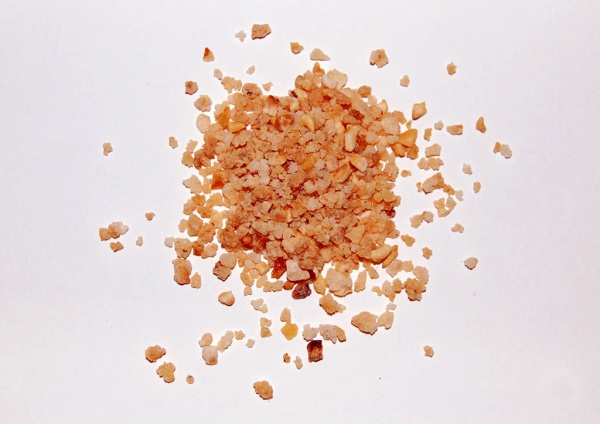Facts About Praline
Pralines are delectable confections made primarily from nuts and sugar, often incorporating cream as a key ingredient. There are three principal types of pralines: Belgian, French, and American.
Belgian pralines are renowned for their chocolate shells filled with a soft or liquid center, typically crafted from ingredients such as hazelnuts, almonds, sugar, syrup, and milk-based pastes. French pralines, in contrast, are a firmer treat composed of almonds combined with caramelized sugar. American pralines are softer and creamier, usually made with syrup, pecans, hazelnuts, almonds, and either milk or cream, giving them a fudge-like texture.
The term "praline" can also refer to a chocolate biscuit with ground nuts or be used as a filling in various chocolates and confections. The history of pralines dates back to European chefs who used local nuts like almonds and hazelnuts. The name "praline" is thought to have originated from "Praslin." In Europe, "praline" can refer to nut powder coated in caramel, known as "pralin" commonly used in cakes, pastries, and ice creams. When mixed with chocolate, it becomes "praliné" a favorite filling for chocolates.
Belgian pralines, celebrated for their soft centers, are high-quality chocolates filled with various flavors such as nuts, marzipan, salted caramel, or spirits. They are often sold in elegant gift boxes and crafted by renowned chocolatiers like Neuhaus, Godiva, Leonidas, and Guylian. American pralines, introduced to Louisiana by French settlers, have a creamy consistency similar to fudge and are made with sugar, butter, cream, and pecans. "Pralines and Cream" is a beloved ice cream flavor in the United States and Canada.

 Luxembourg
Luxembourg